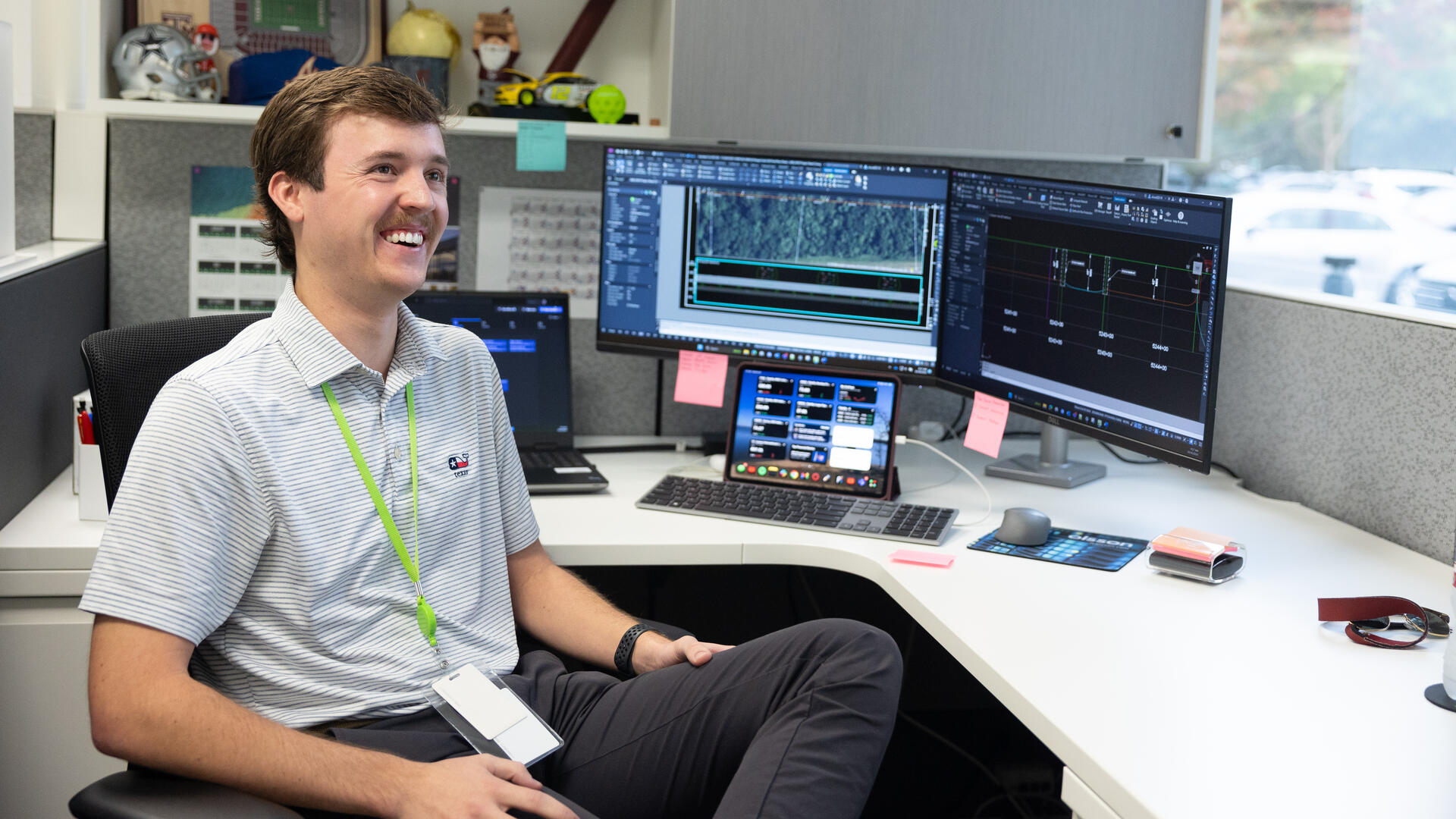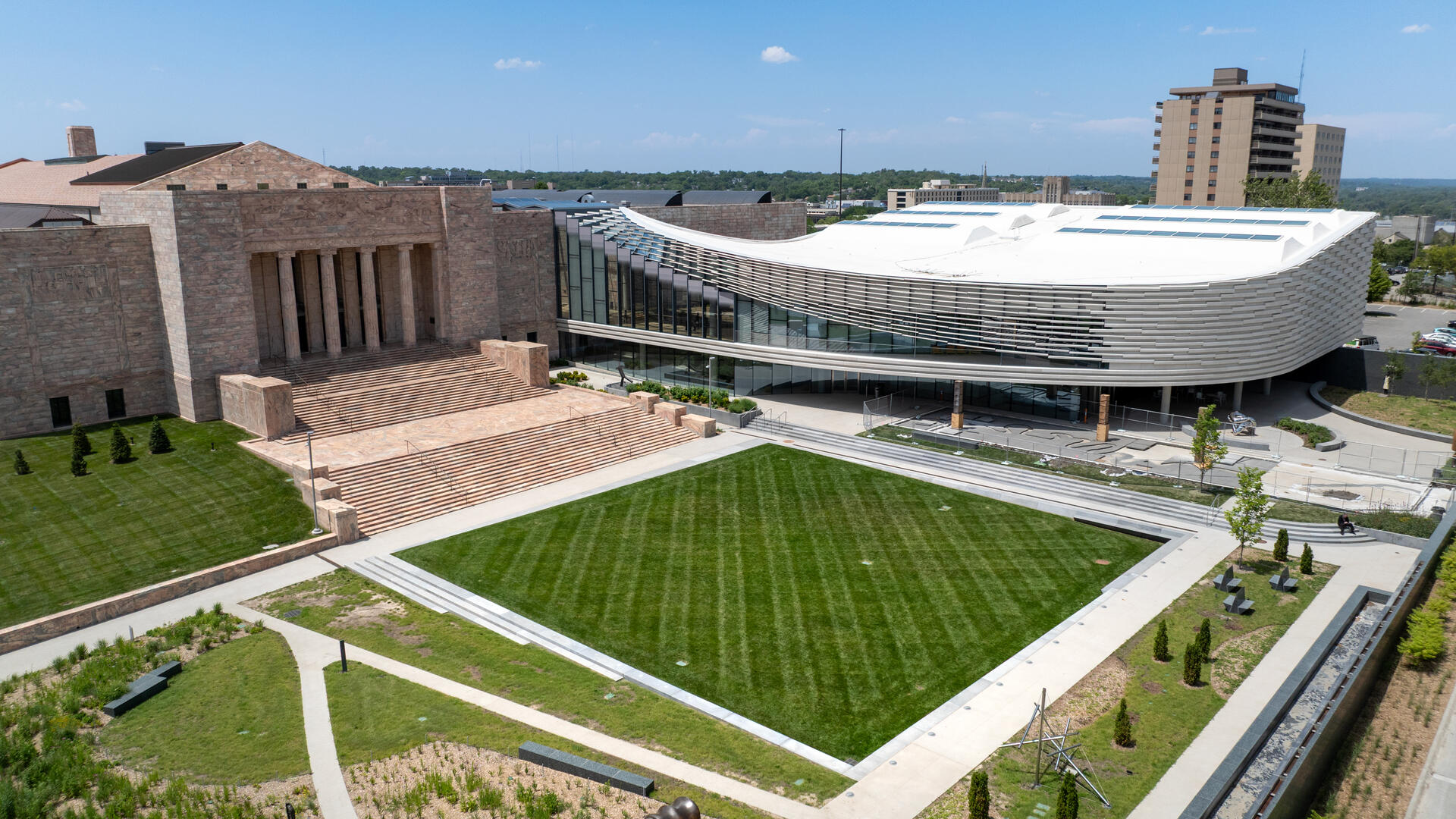Precision scheduled railroading, or PSR as it’s known in the industry, changed how railroad companies think about moving goods across their networks of tracks.
The focus of railroading used to be all about the train. The train didn’t move until it had reached a certain length, even if that meant individual cars would sit idle in railyards for days before moving on to their destination.
Because of PSR strategies, at many railroads the focus has shifted from prioritizing the length of the train to prioritizing moving each car as much as possible.
Union Pacific Railroad (UPRR) adopted PSR strategies in late 2018. And with the recent expansion of the Santa Teresa Intermodal Ramp (STIR), UPRR can now keep cars moving faster and more efficiently.
Think of STIR as UPRR’s version of Chicago’s O’Hare Airport.
“Before PSR, we’d wait until we had a large number of shipping containers headed to one place before we’d send a train,” said Diane Jones, director of project design for UPRR. “After Santa Teresa, we can send a smaller cut of cars, whether it was one or five or 10, rather than clogging up the yards waiting to meet some threshold.”
UPRR gave the green light to expand block swap operations at STIR, which is located outside of Strauss, New Mexico, shortly after adopting PSR strategies. This expansion allows UPRR to accommodate longer trains and reduce terminal dwell time for train cars, two key components of PSR.
UPRR reached out to Olsson to design the expansion of STIR. The project had a quick turnaround to assist with its PSR goals as quickly as possible.
The urgency of the STIR block swap expansion had to do with its strategic position along the UPRR network. The intermodal ramp at Santa Teresa is about 700 miles east of the ports in Los Angeles and Long Beach, California, and it needed more space to add cars to trains arriving from different cities before sending them to the ports.
Think of STIR as UPRR’s version of Chicago’s O’Hare Airport.
“We compare it to a hub where you bring in passengers from smaller origins and combine them onto a larger plane for their final destination,” Diane said. “So, in Santa Teresa we bring in blocks of cars from smaller origin locations, like Kansas City or Chicago, and then we block swap them and combine those blocks from the smaller origin locations into a larger train for westbound departure for the ports.”
UPRR developed conceptual design for an expanded block swap yard at STIR in 2012, but expansion was put on hold. When UPRR unveiled its Unified Plan 2020 in late 2018, suddenly the expansion became priority number one.
UPRR approved funding for the project in 2019, and Olsson’s project team “immediately went to work,” said Ryan Kosola, Olsson’s rail program leader.
And when Ryan says immediately, he means the very next day.
Diane called Ryan on a Friday afternoon to let him know the project was moving forward and that it was of major importance. The next day, she met with the Olsson rail design team to discuss the project scope. Meanwhile, Olsson surveyors were preparing to mobilize to the project site and begin topographic and top-of-rail survey the following Monday.
Once the survey was completed, the project moved from the conceptual phase into final design. Even in the final design stage, however, the project scope was subject to change.
“The project was kind of ever-evolving during the design process; even through construction we made changes to the design,” Diane said. “Time was critical, and that’s PSR.”
The final design for the new block swap yard at STIR included a switching lead that could handle 15,000-foot-long trains. In addition to the switching lead, the project also included an additional receiving and departure track, seven block swap yard tracks, a locomotive engine-ready track, seven crossovers, access roads and at-grade crossings, a reconstructed water main, power, telecommunications, stormwater and underdrain systems, high-mast lighting, a new yard air system, and a new modular building for the additional workers needed to handle the expected increase in train traffic.
Members of the design team worked seven days a week for more than two months to get the project ready to bid. We had to maneuver a few curveballs thrown our way to make it all happen. That’s what happens when the design work isn’t finished before the project begins.
Fortunately, we’re known for hitting curveballs out of the park.
"Olsson didn’t just bring us questions, but the solutions, too.”
Here’s an example. After designing the engine-ready track, the project team discovered that the yard’s main roadway would no longer fit adjacent to the new track. It had to be relocated to the south and looped around an existing yard office building.
“Once we noticed the main yard roadway needed to move, to be honest, I remember that work being fun,” Ryan said. “We set the new road alignment and quickly developed a full set of plans for the realignment.”
Another factor in the overall project schedule was how quickly materials could be procured. With the scope of the project changing, procurement and constructability were key components to completing the project on time.
“Something with this fast of a timeline, our traditional means and methods of constructing a railyard are not always the quickest,” Diane said. “For example, Olsson redesigned the yard three or four times with different types of rail ties to meet what we thought we could procure and build fastest.”
Traditional rail ties can be made of several materials including wood, concrete, plastic, and steel. For a project like Santa Teresa, under a normal timeframe UPRR would typically use wood ties. Because of the accelerated schedule, tie materials were adjusted mid-project to speed up procurement and construction.
"Olsson redesigned the yard three or four times with different types of rail ties to meet what we thought we could procure and build fastest."
“We started out by using wood ties for the entire project, but procurement time quickly became an issue,” Diane said. “We couldn’t get enough pre-plated wood ties in the timeframe we needed. What we ended up doing was essentially building the turnouts and yard leads with wood ties and for the rest of the project using concrete ties. Ultimately, that decision came down to speed, what we could use, and what we could get and when we could get it.”
The Olsson team provided a number of services on the project including survey, geotechnical analysis, track design, roadway design, hydrology and hydraulic evaluation, electrical and lighting design, permitting, yard air design, and water main design.
For a project with such a large scope, communication and coordination were always top of mind. We worked with several teams from UPRR to keep the project moving. These UPRR teams included terminal design, facilities, signal, track/civil construction, network planning, environmental, real estate, utilities, finance, and planning. The project also drew close attention from several top-level executives.
“There were days when Olsson was talking with my team more than once a day,” Diane said. “That’s what we needed from Olsson, someone who was capable of taking the lead, making decisions, and identifying when UPRR needed to be involved in those decisions. And when that happened, they didn’t just bring us questions, but the solutions, too.”
Ragnar Benson Construction was selected as the project’s contractor. Construction started in July 2019, and work on the new tracks began in late August. All tracks in the yard were opened to trains in December 2019, nine months after the approval of the 10 percent design. In total, 32 switches were constructed, 73,165 feet of new track were added to support the expanded lock swap operation, and 81,300 square yards of new roadway or access road paving was poured.
The quick turnaround has enabled UPRR to build longer trains at STIR bound for the west coast ports. This strategy has also cut down the amount of time cars sit idle in railyards across the UPRR network.
Precisely what UPRR asked us to deliver.

































.avif)





































.avif)
























